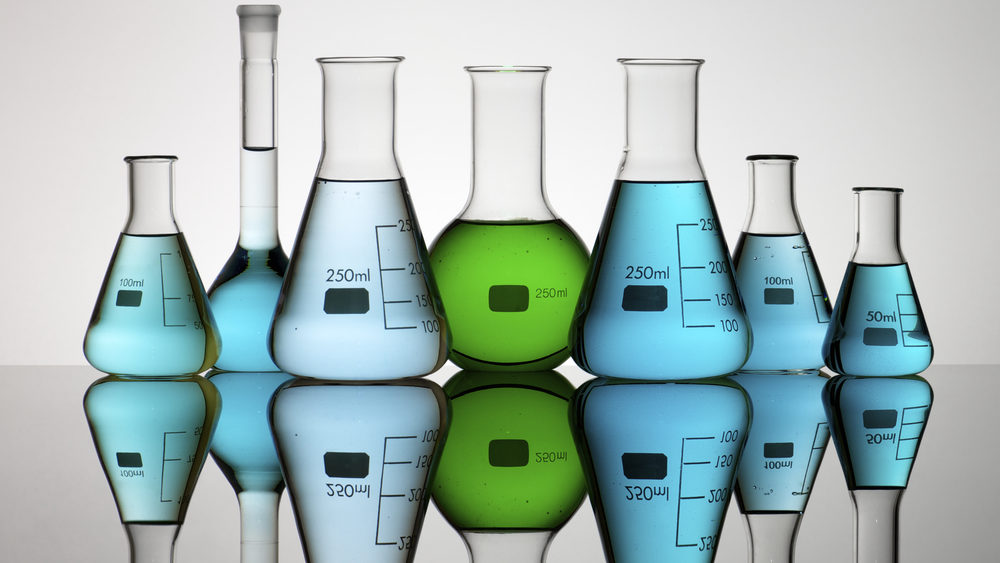Metals and metal structures play a crucial role in the modern world. They are used in construction, transportation, manufacturing, and many other industries. Metals such as steel, aluminum, and copper are strong, durable, and versatile, making them ideal for a wide range of applications. Metal structures, including bridges, skyscrapers, and pipelines, have become an essential part of our infrastructure.
Steel is the most widely used metal in the world. It is used in everything from cars and appliances to buildings and bridges. Steel is strong, lightweight, and easy to work with, which makes it an excellent choice for construction projects. Aluminum is another popular metal due to its strength-to-weight ratio, corrosion resistance, and malleability. Copper is often used for electrical wiring and plumbing because of its conductivity and durability.
Metals can be shaped into a variety of structures, from beams and girders to plates and pipes. These structures can be used to create anything from small manufacturing components to entire buildings. Metal fabrication involves cutting, bending, and shaping metals into the desired shape. Welding is also an important part of metal fabrication, allowing two or more metal parts to be joined together permanently.
Fertilizers are essential for crop production. They provide the necessary nutrients for plants to grow and thrive. Fertilizers can be made from natural or synthetic sources. Natural fertilizers include animal manure, compost, and bone meal, while synthetic fertilizers are made from chemicals such as nitrogen, phosphorus, and potassium. Both types of fertilizers have their advantages and disadvantages, and farmers must choose the best option for their crops.
Coal is a fossil fuel that is primarily used for electricity generation. It is created when plants and other organic matter are subjected to high pressure and heat over millions of years. Coal mining has a significant impact on the environment, as it can cause soil erosion, water pollution, and air pollution. However, coal remains an important fuel source, as it is abundant and relatively inexpensive.
In conclusion, metals, metal structures, fertilizers, and coal are essential parts of the modern world. They allow for the construction of our infrastructure, the production of crops, and the generation of electricity. While each of these resources has its own advantages and disadvantages, they all play a critical role in maintaining our way of life. As we continue to develop new technologies and methods for using these resources, we must also strive to minimize their impact on the environment.
